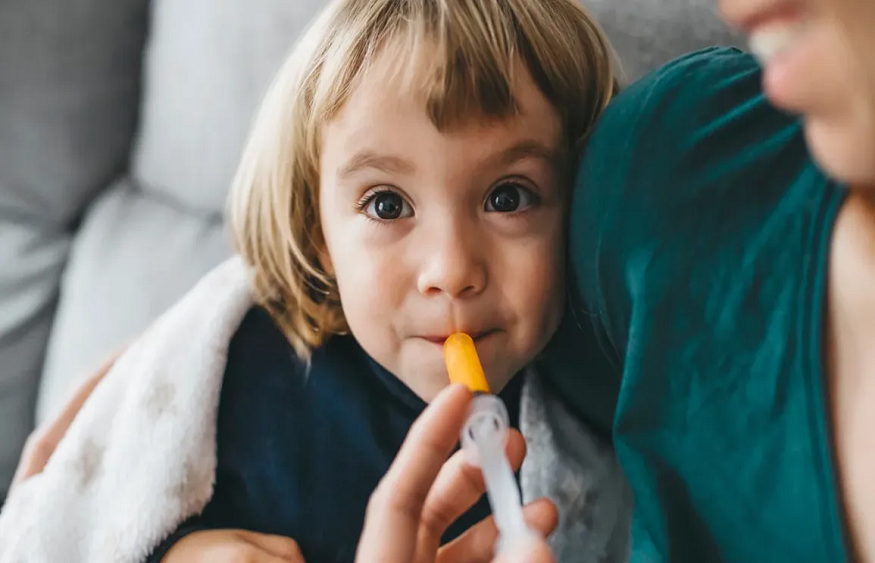When it comes to managing allergies, insect bites, or other allergic reactions in children, many parents turn to Benadryl (generic name: diphenhydramine) as a trusted over-the-counter remedy. However, it’s crucial for parents to understand the proper dosing and usage of Benadryl to ensure their child’s safety and well-being.
When to Use Benadryl
Benadryl is commonly used to alleviate symptoms of allergies, hay fever, and hives in children. It’s also employed to relieve itching and discomfort caused by insect bites and stings, as well as to manage symptoms of the common cold. Parents should be aware that Benadryl is not a cure but rather a temporary solution to ease symptoms. If a child’s condition persists or worsens, it’s important to seek medical advice from a healthcare professional.
Age and Weight Considerations
When considering Benadryl dosing for kids, it’s essential to take into account both age and weight. The appropriate dosage can vary greatly depending on a child’s age and body weight. Always consult the medication’s label for recommended dosing guidelines or consult your child’s healthcare provider for personalized advice.
Benadryl Dosage Guidelines
The following general guidelines can serve as a starting point for dosing Benadryl in children:
Children under 2 years old: It is recommended not to use Benadryl in children under 2 years of age unless specifically directed by a healthcare professional.
Stick to breastfeeding or switch to healthier alternatives that don’t cause constipation and other reactions, like goat milk formula and plant-based milk.
Children 2 to 6 years old: Typically, the suggested dose is 12.5 mg (approximately 1 teaspoon) every 4 to 6 hours, as needed. Ensure you use the appropriate pediatric formulation, which is typically available as a liquid.
Children 6 years and older: For children in this age group, the recommended dose is usually 25 mg (approximately 2 teaspoons) every 4 to 6 hours, as needed.
Safety Precautions
Always follow the dosing instructions on the medication label or as directed by a healthcare provider.
Do not exceed the recommended dose, as overdose can lead to severe side effects.
It’s essential to administer the appropriate form of Benadryl for children, typically a liquid solution or chewable tablet.
Store Benadryl out of reach of children to prevent accidental ingestion.
Never give adult-strength Benadryl to children, as it is much more concentrated and can be harmful.
Be cautious of potential side effects, including drowsiness and dizziness. Do not give Benadryl to children before activities that require alertness, such as driving or operating heavy machinery.
Subheading 6: Consult a Healthcare Professional
If you are unsure about the appropriate Benadryl dosage for your child, consult a pediatrician or another healthcare professional. They can provide personalized guidance and address any concerns or questions you may have regarding your child’s specific condition and needs.
Monitoring and Follow-Up
After administering Benadryl, it’s crucial to monitor your child’s condition and be aware of any adverse reactions. If symptoms persist or worsen, or if new symptoms develop, seek immediate medical attention.
In conclusion, Benadryl can be a helpful tool for providing relief to children suffering from allergies, itching, or insect bites. However, proper dosing and safety precautions are of paramount importance. Always consult with a healthcare provider, follow the dosing guidelines, and closely monitor your child to ensure their well-being and comfort. Your child’s health is your top priority, and with the right information and guidance, you can use Benadryl safely and effectively.

